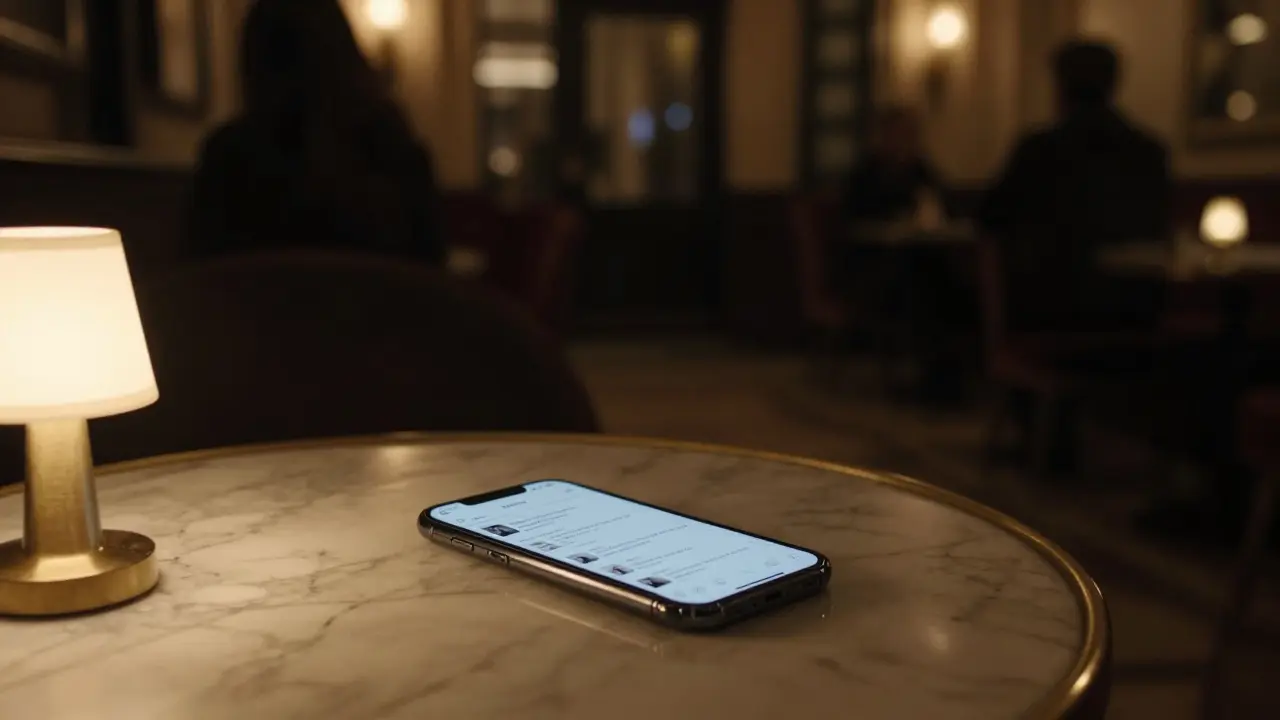Evolution of the Paris Escort Industry
If you think the world of Paris escorts is static, think again. From cobblestone salons in the 1800s to sleek apps today, the industry has been on a constant grind. Below you’ll see the biggest pivots that made the change happen and why they matter to anyone curious about this niche.
From Courtesans to Modern Companions
Back in the 19th century, high‑society courtesans were almost celebrities. They mingled with artists, politicians, and aristocrats, shaping fashion and gossip. Their value lay not just in looks but in wit, education, and the ability to navigate elite circles. Fast forward to the 1970s, and the scene started to open up. Legislation began to recognize prostitution as a legal activity, though pimping and buying sexual acts stayed illegal.
Today, the term “escort” covers a broader range of services. Many focus on companionship, attending events, or simply exploring the city with a knowledgeable guide. The emphasis has shifted from pure intimacy to a mix of social and emotional support, reflecting modern clients’ diverse expectations.
Tech Turns the Game Upside‑Down
Remember the days of classifieds in printed magazines? Those have virtually disappeared. Smartphone apps, encrypted messaging, and dedicated websites now connect clients and escorts in seconds. Technology added safety layers like real‑time location sharing and verification badges, which most users appreciate.
But there’s a flip side. Online exposure makes privacy a bigger concern, and scammers use the same tools to pull fast ones. The net result is a market that’s faster, more transparent, yet also more vulnerable to abuse.
Legal tweaks keep reshaping the landscape. Stricter anti‑trafficking laws in the 2000s forced many agencies to adopt stricter vetting processes. While the rules aim to protect, they also push some activity underground, making it harder for authorities to ensure safety.
Fashion and culture keep feeding each other. Paris fashion weeks still see escorts hired for runway after‑parties, and designers sometimes use them as muses. This cross‑pollination keeps the industry stylish and reinforces its link to luxury.
COVID‑19 gave the industry another curveball. Lockdowns meant no in‑person meetings, so many turned to virtual companionship—video calls, private streams, and custom content. While revenue dipped, the shift proved the sector’s adaptability.
So what does the future hold? Expect more AI‑driven matchmaking, tighter privacy tools, and perhaps clearer legal definitions that separate companionship from illicit activity. The core will stay the same: people seeking connection, conversation, or a night out in the City of Light.
Understanding this evolution helps you see beyond the headlines. Whether you’re a curious reader, a visitor to Paris, or someone considering this line of work, knowing the past and present gives you a clearer picture of where the industry might head next.
The Evolution of the Paris Escort Industry: Past, Present, and Future
In my exploration of the Paris escort industry, I've found it to be a fascinating study of evolution. Over time, it has transitioned from a clandestine, often stigmatized operation to a more accepted profession, largely due to societal shifts and changes in legislation. Presently, it's characterized by high-end professionalism and stringent standards for privacy and safety. Looking forward, the future of the industry is likely to be shaped by technological advancements and an increased focus on mental and emotional connectivity, in addition to physical attractiveness. Undoubtedly, the industry continues to adapt and reinvent itself in response to changing times and attitudes.






